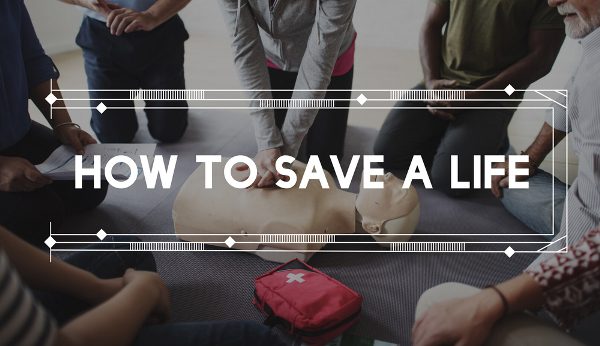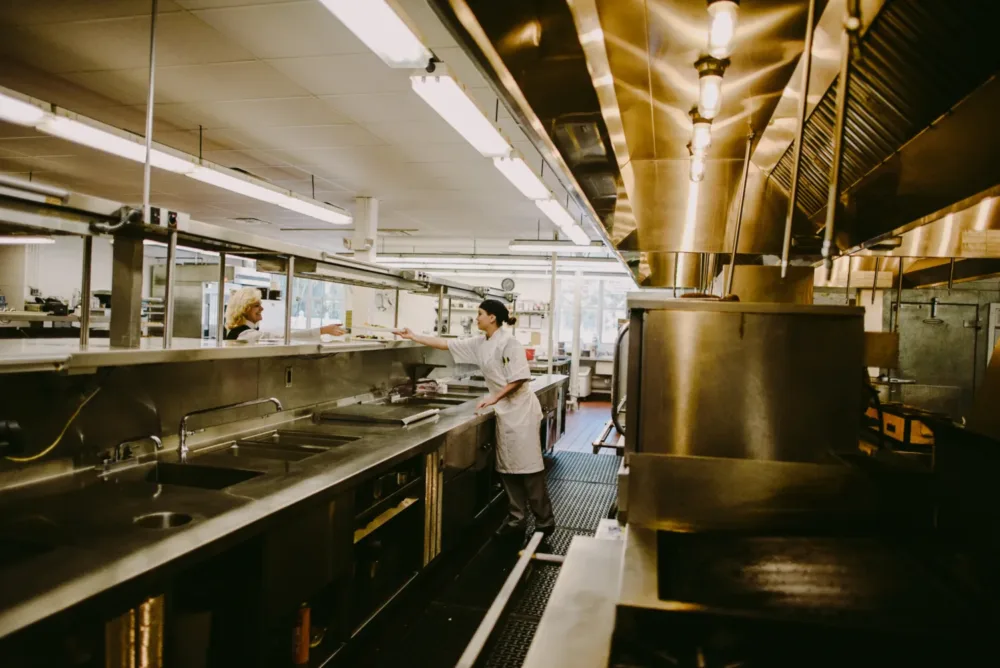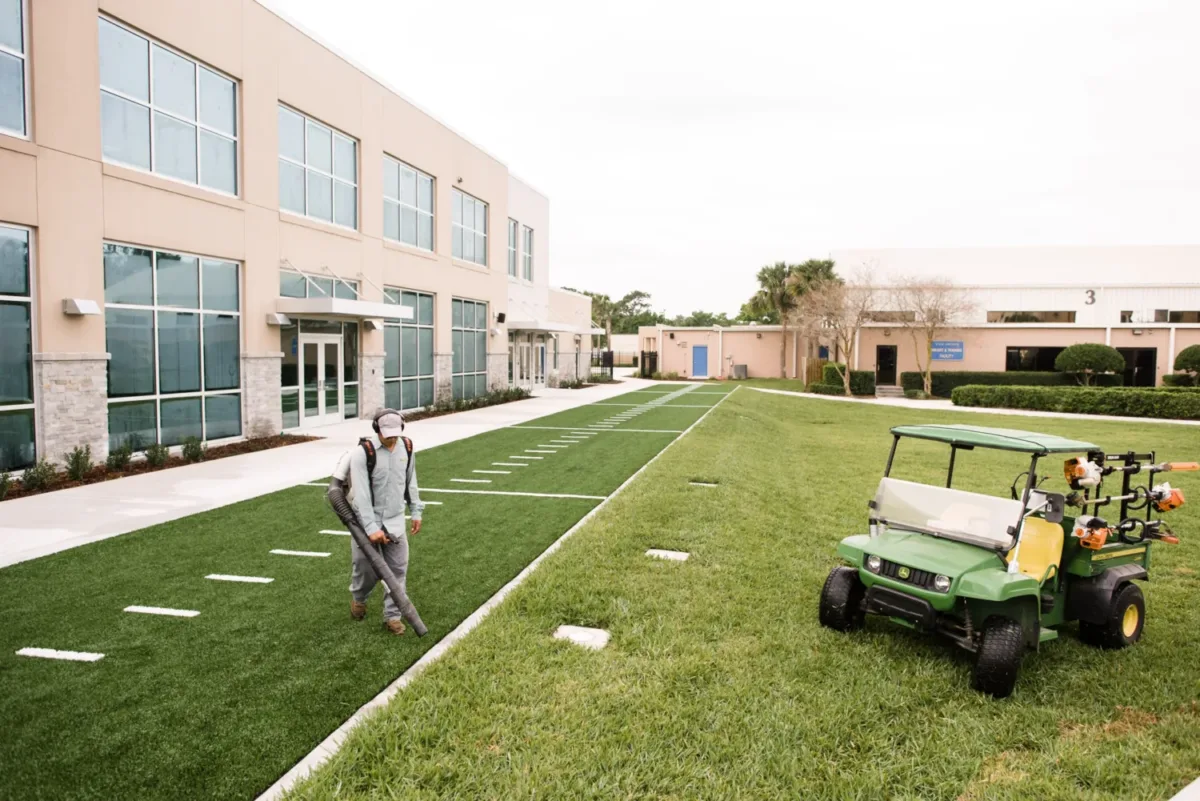Do You Know How To Deliver a CPR Chest Compression?
If a coworker was suddenly unable to breathe or worse, stopped breathing, could you perform cardiopulmonary resuscitation (CPR) correctly on the fly? National CPR and AED Awareness Week is a good time to get a pulse on how prepared you and your employees are to respond quickly to a medical emergency. . A memorable way to maintain the correct rhythm during chest compressions is by aligning them with the beat of the Bee Gees’ 1977 hit song, “Stayin’ Alive.” This song has approximately 103 beats per minute, which aligns well with the recommended rate of 100 to 120 compressions per minute.
CPR Is a Fundamental, Life-Saving Skill
What makes performing CPR an essential skill to learn? Consider these facts from the American Heart Association (AHA):
- Every year, nearly 383,000 sudden cardiac arrests occur outside of a hospital setting.
- CPR compressions administered immediately can double or triple a person’s chance of survival.
- The AHA provides CPR training to over 12 million people every year.
- Less than 50% of people who experience cardiac arrest receive immediate CPR assistance.

Know When to Perform CPR
While cardiac arrest is often mistaken for a heart attack, their causes and treatments are not the same. As outlined by the AHA,
Cardiac Arrest: An electrical malfunction causes the heart to stop beating unexpectedly, leading to loss of responsiveness and absence of breathing. Immediate CPR is essential in this scenario.
Heart Attack: Occurs when blood flow to a part of the heart muscle is blocked. The heart usually continues to beat, and the person may experience symptoms like chest discomfort, shortness of breath, and cold sweats. While urgent medical attention is necessary, CPR is typically not required unless the person goes into cardiac arrest.
You should only perform CPR on a person experiencing a cardiac arrest. It is easy to tell the difference between the two by observing the person’s immediate symptoms. Simply put, if an individual is non-responsive or not breathing at all then you need to administer CPR. If the victim is responsive and experiencing shortness of breath, cold sweats, tingling or pain in extremities or chest discomfort, they are most likely experiencing a heart attack and do not require CPR. In either situation, call 911 immediately.
How To Perform CPR: 6 Steps To Help Save a Life
What makes CPR so useful is that once you know the steps and proper rate for chest compressions, it is simple to administer, very effective and offers the person precious time before emergency services arrive. While it may seem scary if you’ve never done it before, the American Red Cross provides clear step-by-step instructions for anyone to follow:
- Check Responsiveness: Gently tap the person and ask loudly, “Are you okay?”
- Call for Help: If there’s no response, call 911 immediately or instruct someone else to do so.
- Assess Breathing: Look for normal breathing. If absent or abnormal, prepare to administer CPR.
- Chest Compressions:
- Place the heel of one hand on the center of the person’s chest; place the other hand on top, interlacing your fingers.
- Position your shoulders directly over your hands and keep your arms straight.
- Press down hard and fast, aiming for a depth of at least 2 inches, at a rate of 100 to 120 compressions per minute.
- To maintain the correct rhythm, compress to the beat of “Stayin’ Alive.”
- Rescue Breaths (if trained and willing):
- After 30 compressions, open the person’s airway by tilting the head back and lifting the chin.
- Pinch the nose shut, cover their mouth with yours, and give two breaths, each lasting about one second, ensuring the chest rises.
- Continue CPR: Alternate between 30 compressions and two breaths until emergency personnel arrive, an AED is available, or the person shows signs of life.

Discover the 2-Step Hands-Only CPR
For those who may be uncomfortable with the idea of giving traditional CPR to a stranger or coworker, there is a simpler option: Hands-Only CPR. This method involves continuous chest compressions at the recommended rate and depth, without rescue breaths. While CPR with breaths has been the gold standard, proper administration requires some training and a cool head – not easy in a chaotic, life-or-death situation.
Hands-Only CPR Reduces the Emergency Procedure to 2 Simple Steps:
- Call 911 (or ask someone to make the call for you).
- Push hard and fast in the center of the chest with a rhythm of 100 beats per minute. Remember: Keep a similar tempo to Stayin’ Alive.

That’s it! Even without the mouth-to-mouth aspect of CPR, this technique has proven to be as effective as CPR with breaths when administered to teens and adults, which makes it perfect for the workplace. The key is knowing when and how to perform it. When you’re prepared, there’s no need to fear – CPR education and training helps workers act quickly and confidently.
FFVA Mutual provides no-cost First Aid, CPR and AED training for policyholders. Visit our safety training request page to learn more and request training for your company.
* Source: https://giphy.com































